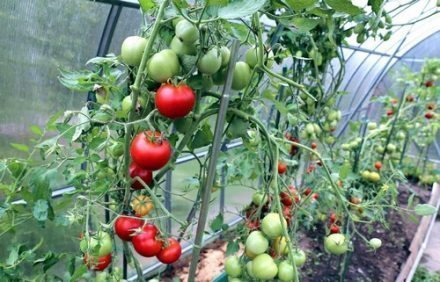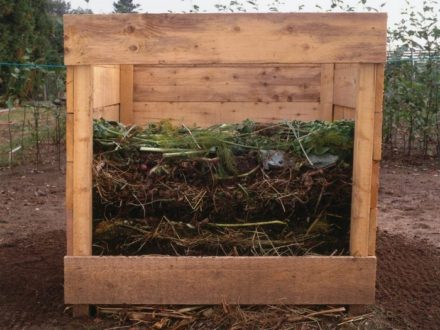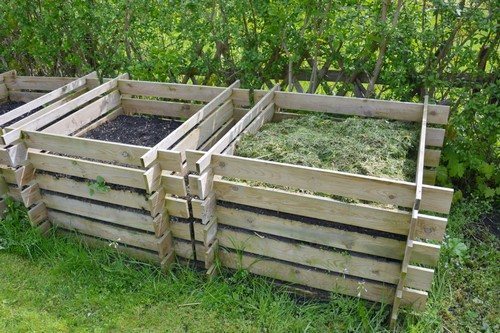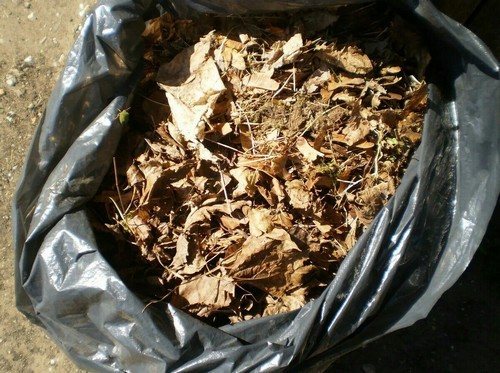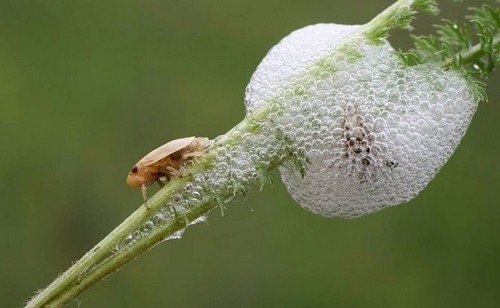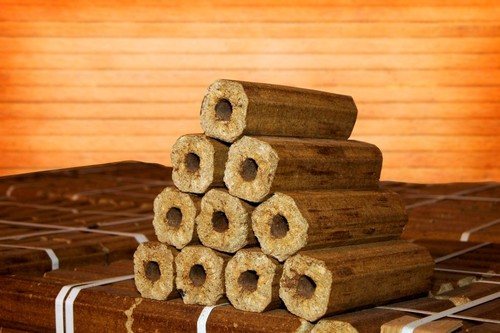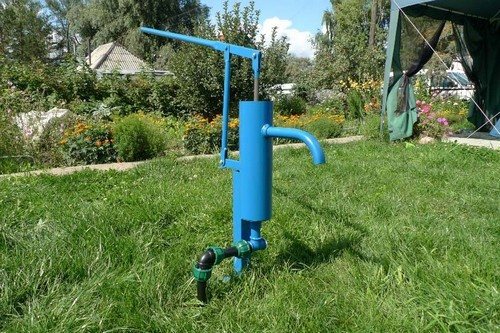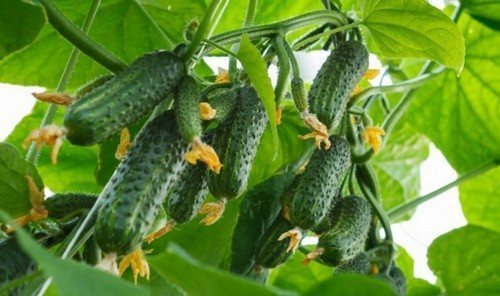Compost is created from food and vegetable waste. The substrate matures for 2 years or more. Gardeners have found 5 ways to speed up the process.
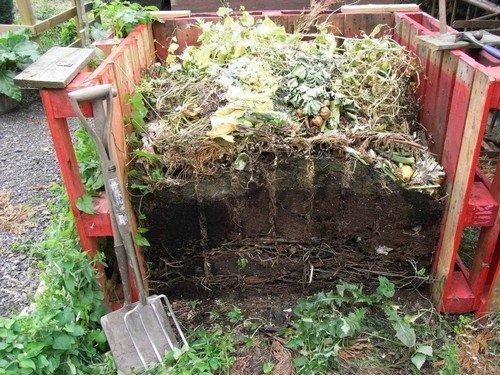
Anaerobic method
The basis of the method is depriving the compost of air flow. You need to dig a hole 0.5 meters in size. The waste is placed in layers, each of which is watered with a product containing effective microorganisms. It is sold in gardening stores.
A thin layer of earth is added between the layers - it should hide the previous level.
Weeds can ruin your work. Their roots will grow into the hole and fill the entire space. By laying the walls with slate or brick, you will be able to avoid intrusion from the outside.
Having laid the last level of compost, it is sprinkled with a 5 cm layer of soil. A black film is placed on top.

After 5 months, the fertilizer is ready for use. Thanks to the closed space and lack of air, all useful elements will remain inside. High levels of moisture, creating a greenhouse effect, increase the rate of ripening.
Aerobic method
The use of the aerobic method requires free air flow.
It is acceptable to make a compost heap on the ground, but it is better to create a large wooden box with walls that have a distance of 2-3 cm between the boards.
Drainage is laid at the base. They can serve:
- small stones;
- fragments of bricks;
- sunflower stems;
- tree branches.
Effective microorganisms must be added. The gardener applies them either at planting or 10 days after its creation.
The first method requires applying the drug for every 20-25 cm of compost.
With the second method, you will have to turn over the whole pile to add microorganisms. This method is better because... will provide air flow to the fertilizer.
Effective microorganisms are added by diluting with water. Ratio 1:100. The required ratio may vary slightly depending on the recommendations of the drug manufacturer.
A lid is placed on top or a dark film is secured. Air circulates through openings left in the structure.
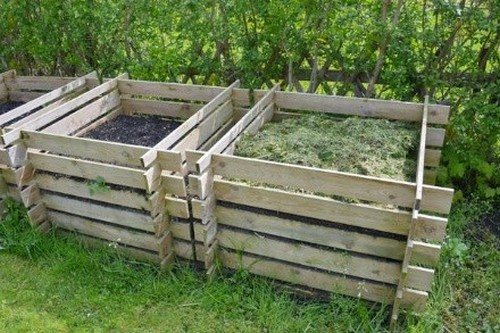
The fertilizer will be ready in 2-3 months.
Adding water
The rate of compost heap maturation increases if you water it generously every month. This method should not be used if the aerobic or anaerobic method is used.
Every month, the compost is carefully turned with a pitchfork and spilled with warm water.
Another option is to dig a second hole next to the first and transfer the compost there. The method allows you to spill the entire pile with the greatest comfort.
Ripening – 5-6 months.
Special signs
Knowing the subtleties will speed up maturation.
If the compost does not decompose a month after laying, then it lacks nitrogen. The problem can be corrected with the help of urea. For 10 liters of water you will need 2-3 matchboxes of the product.
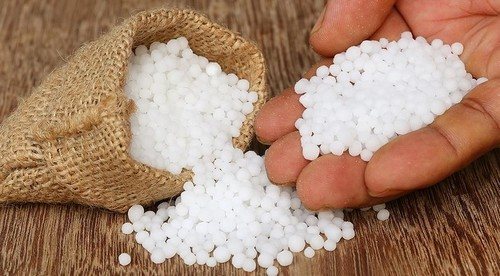
An unpleasant smell of rotting indicates an excess of nitrogen. The organisms inside the heap grow rapidly, absorb too much oxygen and eventually die from lack of it.
Straw, which needs to be mixed with compost, will help correct the situation. It will get rid of excess nitrogen and improve the penetration of oxygen into the substrate.
Mechanical method
The method requires the gardener to constantly intervene in the ripening process.
Compost heaps should not exceed a volume of 1m³. Waste is crushed as much as possible.
To warm up the heap, it is spilled with liquid waste or water once a week. During prolonged rain, it is recommended to cover it with film so that excess moisture does not wash away beneficial microorganisms.
The pile needs to be dug up every month for air flow.
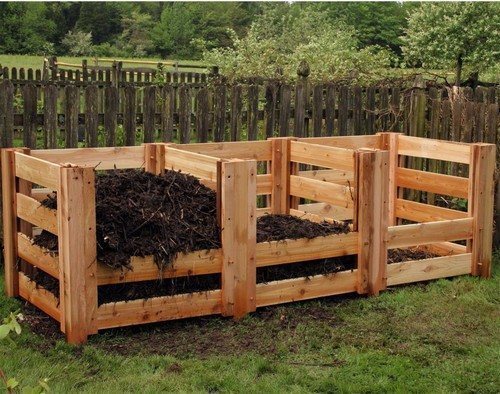
General Tips
It is important to remember several nuances when preparing compost:
- The water temperature for pouring the substrate is at least 25°C.
- When effective microorganisms are added, an ammonia smell may appear above the heap - this indicates an imbalance of carbon and nitrogen. Correct the situation with crushed brown coal, sawdust or straw.
- When laying, the temperature outside should be above 15°C.
The use of any option for creating compost increases the speed of its maturation. The more fertilizer you get, the faster the plants in the garden grow and bear fruit.


